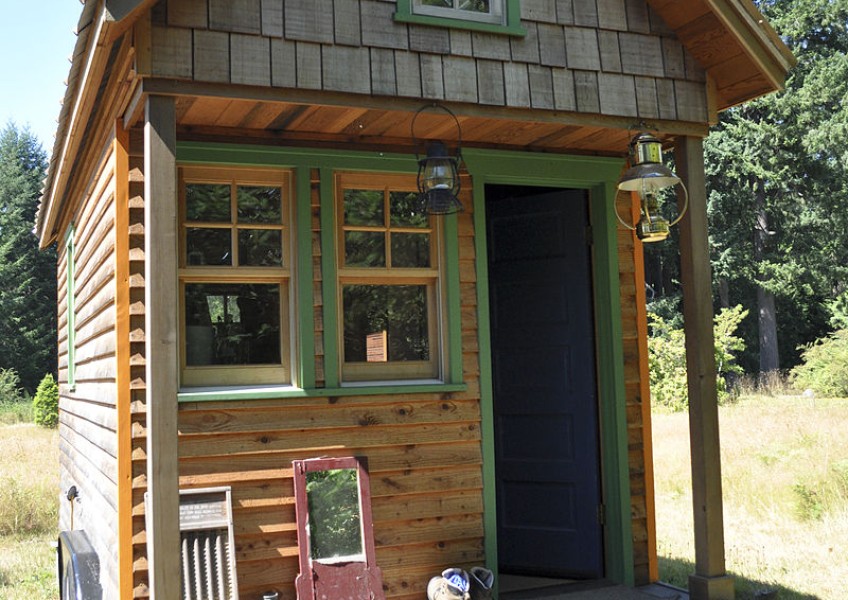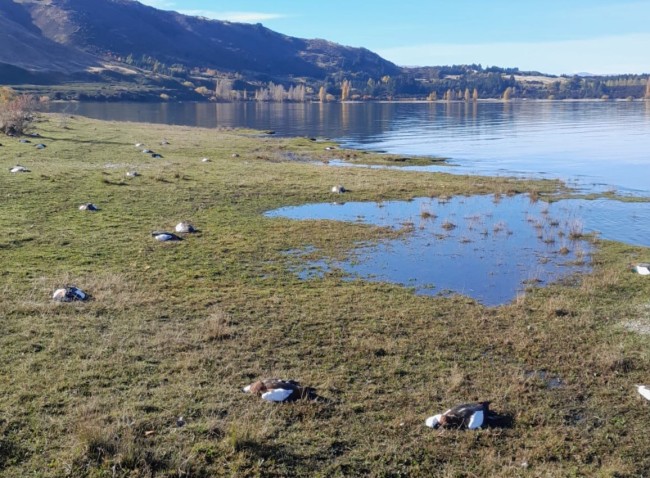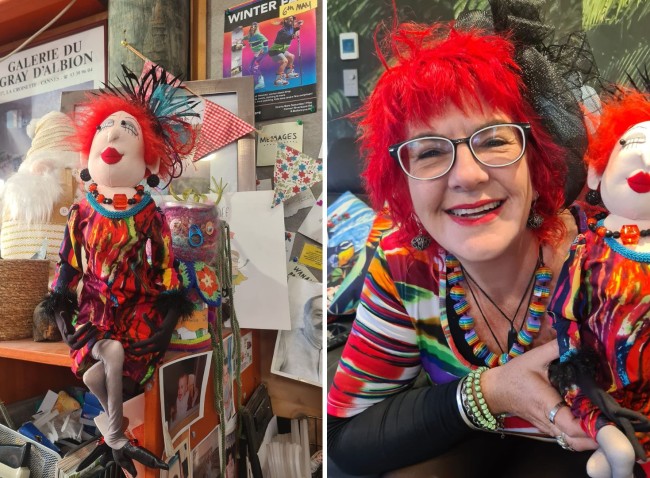
A big dream of a tiny home
After a calamity of life events, Wanaka sustainability expert and Otago Regional Councillor, Ella Lawton, woke up one morning and realised the only logical action was to invest her life-savings into a healthy happy home - a tiny home. Crux will publish a weekly diary of her journey, with its many upheavals, challenges and successes...
A Healthy Happy Home and simple spaces

Ella Lawton
Healthy happy homes with a 50-year timespan are in short supply and high demand. My definition of the “healthy happy home” is warm, dry, no nasty chemicals, efficient use of resources and beautiful simple design. A tiny house ticks all these boxes and more, such as allowing for maximum flexibility and a budget that reflects my income.
The global population continues to soar, putting increasingly crippling pressure on the earth’s resources. A logical response to this problem would be that those of us who have what we need forego our wants so those who are less well-off also have a fair share. However, this is easier said than done.
In 2007 my research showed the average New Zealander required 2.1 planets to sustain their lifestyle, a total footprint of 2.6 NZ hectares compared to a “fair earth share” (global population divided by total productive land) of only 1.21 NZ hectares. A breakdown of the footprints of those households living at or below their fair earth-share footprint showed they achieved a significant reduction in footprint by eating less meat and dairy, travelling less and, importantly, having smaller homes which required less energy to run and they bought less stuff to put in them.

The average New Zealander requires 2.1 planets to sustain their lifestyle. The type and size of house (household) accounts for 11 percent of the footprint, while the stuff we buy to put in it accounts for another 35 percent.
Our resource-intensive growth-fuelled economy locks us in and alternative ways to operate are rarely available. Particularly in the Queenstown Lakes District, it would take massive dedication to decouple yourself from a world dependant on cars, supermarkets and Government services. The “cognitive dissonance” is real, I live with it every day - the guilt caused by knowing I am part of the problem, that what I do and how I live is having a huge impact on the planet. But being part of the problem also means I am part of the solution.
Living in “tiny spaces” is not at all new. It is a way of life for those residing in the world’s most iconic cities. For example, in 1901 the minimum apartment size in New York was increased to 400 square foot (37m2). It is only over the last 100 years that the most affluent in our society have upsized to multi-room homes. You only need to visit the remanence of the old miners’ cottages across our region to be reminded how far we have come in a short time. Which also reminds us that not all tiny living spaces are healthy or happy, and not everyone has the luxury that “tiny living” be a choice.
Healthy homes in New Zealand are hard to come by. The poor quality of many New Zealand homes is causal of some significant acute and chronic health problems. Low indoor temperatures and dampness are a common theme. Living in a brand-new house a few years back and the condensation dripped off the winter windows. And indoor pollutants can include chemical emissions such as volatile organic compounds (VOCs) emitted from building materials and finishes and furnishing, such as formaldehyde and benzene.
A happy home is more personal: to me it reflects the lifestyle I want to have while living in my healthy home. My top “happy house” requirements - free of crippling debt, as little cleaning as possible, contains only what I need and a home where I love to host friends and family. And most importantly it is a place that creates stability, a place to plant my feet, a place to call home.
A self-confessed geek, Ella Lawton's curiosity of society, politics and the planet has provided for a dynamic journey. Ella is a Wanaka local, outdoor enthusiast, local Otago Regional Councillor, tiny home owner and someone who is forever fighting to retain their optimism in this crazy world we live in.
Wanaka Editor's note: the Tiny Home pictured is not Ella Lawton's Tiny Home...that will be revealed in later diary entries!





























